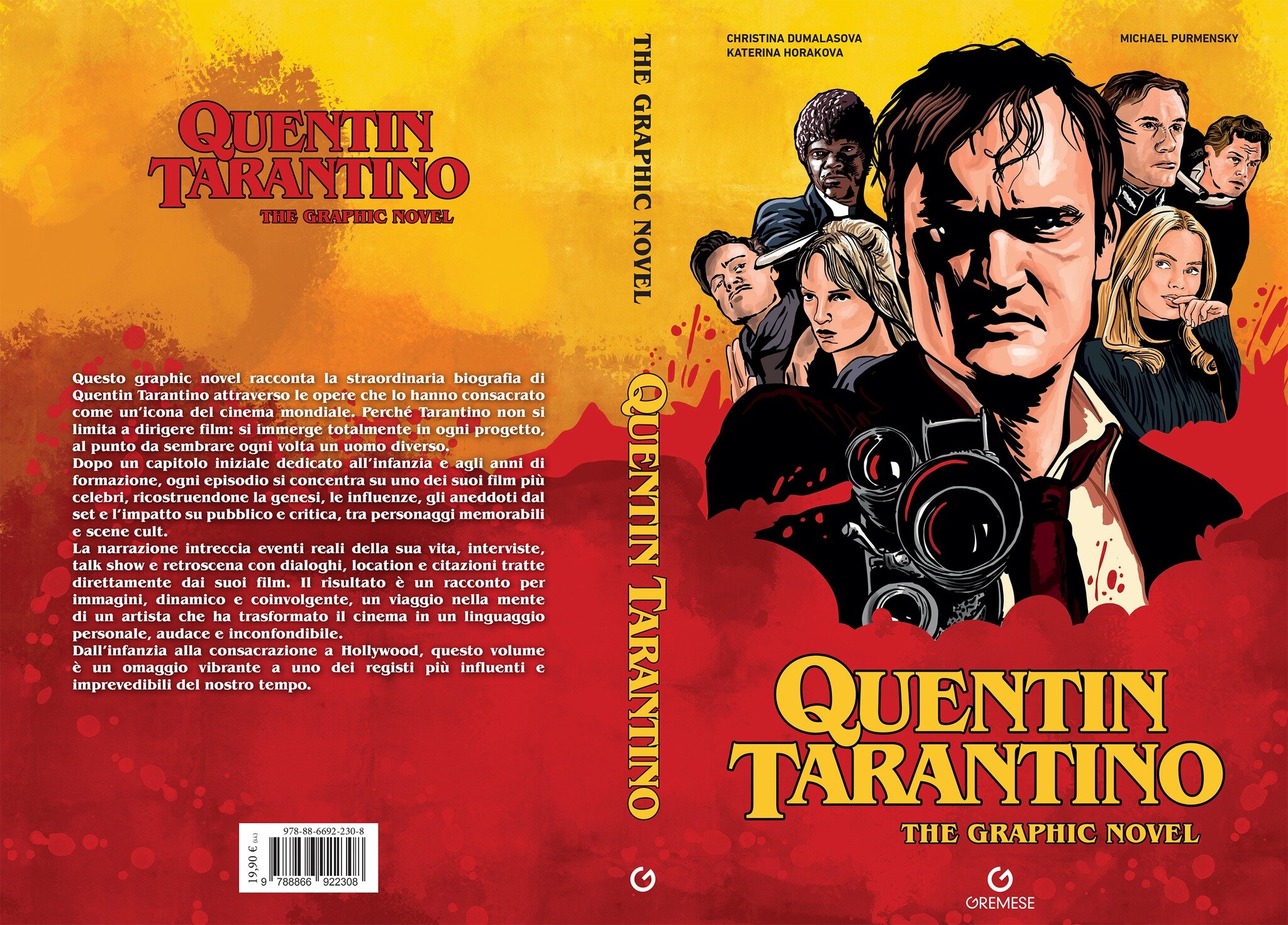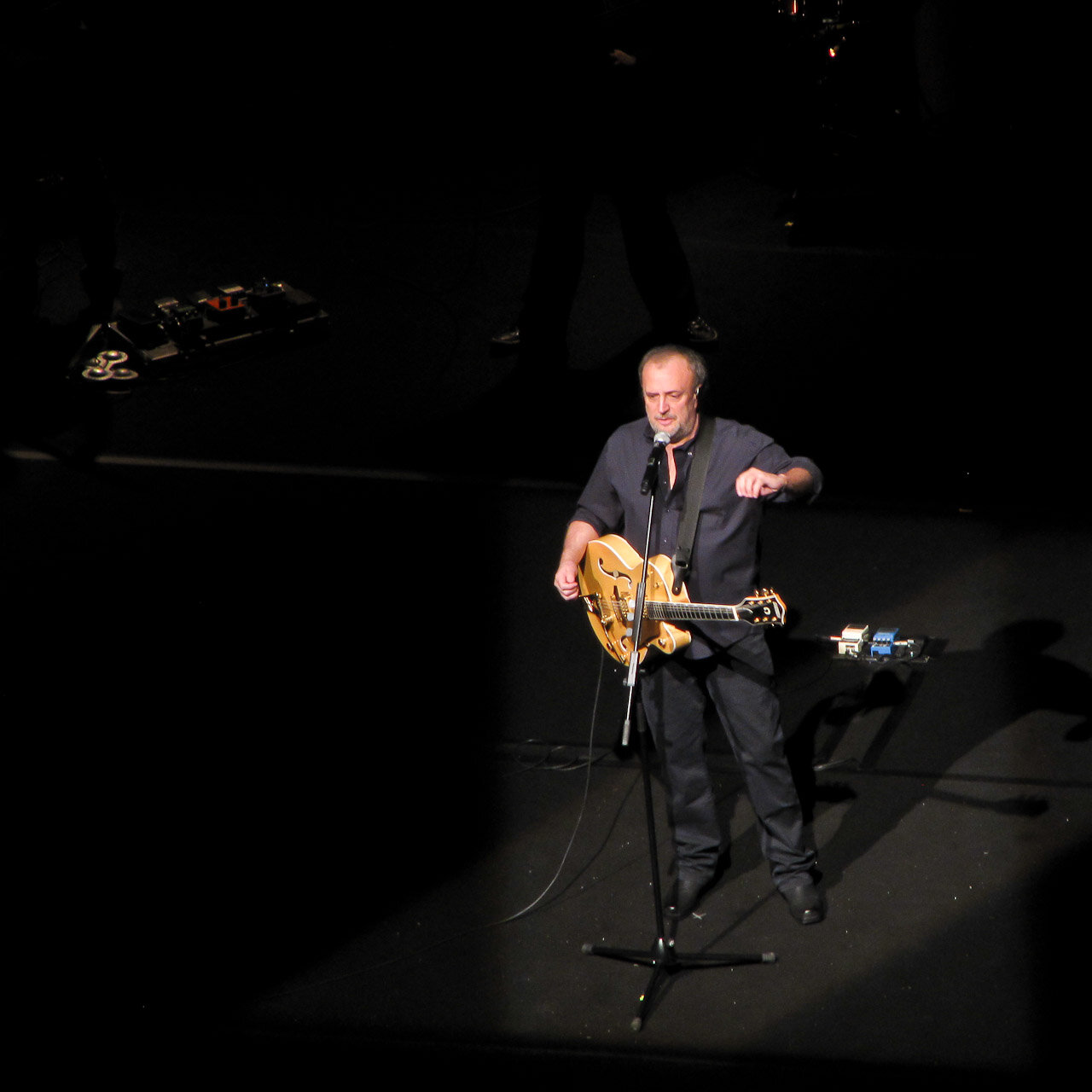.jpeg)
Barbara Steele non una star nel senso convenzionale del termine, ma un’apparizione. Il suo volto inquieta, seduce, suggerisce mondi sepolti. La lunga chioma corvina, gli occhi penetranti e magnetici, il sorriso che promette e al tempo stesso minaccia. Il cinema italiano degli anni Sessanta, inaspettatamente, ha fatto di lei una regina. Non del glamour, ma del perturbante.
È il volto che Mario Bava volle per La maschera del demonio (1960), film d’esordio del regista ma anche detonatore di una nuova stagione del cinema horror europeo. E fu proprio quell’incontro, tra il talento visionario di Bava e l’ambiguità perturbante di Barbara Steele, a dare inizio a una breve ma irripetibile età dell’oro del gotico italiano.
La Steele arriva sul set de La maschera del demonio quasi per caso, ma il risultato è folgorante. Interpreta un doppio ruolo – la strega Asa Vajda e la sua discendente Katia – e impone subito un'idea di femminilità nuova e audace per l’epoca: non più vittima o decorazione, ma creatura ambigua, magnetica, a tratti inquietante. È un archetipo che cambierà per sempre l’immaginario del genere, in un’Italia che guarda al gotico non come derivazione, ma come linguaggio proprio.
Barbara Steele, inglese, artista prima che attrice, è cresciuta tra la Sorbona e la Chelsea Art School. Prima della cinepresa, ci sono stati la pittura, la scenografia, il teatro. Poi una comparsata su un palco di Glasgow e alcune commedie britanniche. Ma è Roma a rapirla, con la sua vitalità febbrile e il suo cinema che, in quegli anni, è officina caotica e geniale. “Fu come andare da qui in India,” ha raccontato. “Un paese che cantava. Anche il ragazzino che vendeva mele sembrava un attore.” E in effetti, nel cinema italiano di allora, potevi ottenere un ruolo anche pranzando in trattoria.
Successivamente Barbara Steele gira con Riccardo Freda (L’orribile segreto del dottor Hichcock), Antonio Margheriti (Danza macabra, I lunghi capelli della morte), Mario Caiano (Amanti dell’oltretomba), Camillo Mastrocinque (Un angelo per Satana). In tutti questi film interpreta donne complesse, potenti, spesso dannate. Mai passivamente vittime, sempre portatrici di un’energia ambivalente, quasi magica. In un’epoca in cui i ruoli femminili nel cinema erano ancora spesso decorativi, Steele incarna personaggi che sembrano già parlare la lingua delle rivendicazioni femministe. “Anche quando ero in posizione passiva,” ha detto, “ero un contenitore di rabbia. Di energia. Di potere. E questo era, nel suo piccolo, rivoluzionario.”
Fuori dall’horror, lavora con Federico Fellini – è la misteriosa Gloria Morin in 8½ – e con Mario Monicelli in L’armata Brancaleone, con Luciano Salce, con Pasquale Festa Campanile. Eppure, sarà sempre il gotico a incatenarla. “Un destino tragico,” dice con ironia. “Se esordisci con un film come La maschera del demonio, sei vista per sempre attraverso quella lente.” Una lente attraverso cui il cinema italiano ha saputo guardare il mondo, rinnovandosi. Negli anni Sessanta, l’horror made in Italy competeva con quello americano per forza visiva, spessore tematico e audacia, ma non solo, affrontava con grazia e malizia temi tabù come la necrofilia, l’erotismo femminile, la follia.
Negli Stati Uniti, la sua fama si trasforma in culto. Roger Corman la affianca a Vincent Price ne Il pozzo e il pendolo. Joe Dante, David Cronenberg e Jonathan Demme la chiamano nei loro film. Non solo per nostalgia, ma perché la sua figura ha qualcosa che resiste. Tim Burton l’ha definita “una dea dell’horror, un’attrice senza tempo, uno spirito antico reincarnato milioni di volte”. E anche oggi, il suo sguardo resta impresso come una maledizione gentile nella memoria dello spettatore, con quegli occhi che ti guardano anche dopo la fine del film.
Barbara Steele, the Shadow Queen of Italian Gothic
Barbara Steele was never a star in the conventional sense of the word—she was an apparition. Her face unsettles, seduces, evokes buried worlds. The long raven-black hair, the piercing, magnetic eyes, the smile that both promises and threatens. In the unexpected alchemy of 1960s Italian cinema, she became a queen—not of glamour, but of the uncanny.
It was her face that Mario Bava chose for Black Sunday (La maschera del demonio, 1960), the director’s debut film and a detonator of a new era in European horror cinema. That encounter—between Bava’s visionary talent and Steele’s disturbing ambiguity—marked the beginning of a brief but unrepeatable golden age of Italian gothic.
Steele arrived on the set of Black Sunday almost by chance, but the result was electrifying. She played a double role—the witch Asa Vajda and her descendant Katia—and immediately imposed a new and daring vision of femininity: no longer a victim or ornament, but a magnetic, ambiguous, and at times unsettling presence. It was an archetype that would forever alter the imagery of the genre, in an Italy that embraced gothic not as imitation, but as its own expressive language.
An Englishwoman, an artist before an actress, Barbara Steele grew up between the Sorbonne and the Chelsea Art School. Before the camera came painting, set design, and theatre. Then a walk-on part on a stage in Glasgow, and a few British comedies. But it was Rome that truly captured her—feverish, vital, chaotic and brilliant. “It was like going from here to India,” she recalled. “A country that sang. Even the boy selling apples on the street seemed like a relative.” And indeed, in the Italian cinema of the time, one could land a role during lunch at a trattoria.
Steele would go on to work with Riccardo Freda (The Horrible Dr. Hichcock), Antonio Margheriti (Castle of Blood, The Long Hair of Death), Mario Caiano (Nightmare Castle), and Camillo Mastrocinque (An Angel for Satan). In all of these films, she portrayed complex, powerful, often doomed women. Never passive victims, but vessels of ambiguous, almost mystical energy. In an era when female roles were still largely decorative, Steele embodied characters that already seemed to speak the language of feminist assertion. “Even when I was in a passive position,” she once said, “I was a container of rage. Of energy. Of power. And that was, in its own way, revolutionary.”
Outside the realm of horror, she worked with Federico Fellini—she was the enigmatic Gloria Morin in 8½—with Mario Monicelli in For Love and Gold, with Luciano Salce, and Pasquale Festa Campanile. Yet gothic would remain her inescapable destiny. “A tragic fate,” she said with irony. “If your first real role is in a film like Black Sunday, you’re forever seen through that lens.” A lens through which Italian cinema learned to look at the world anew. In the 1960s, Italian horror didn’t just compete with its American counterpart in visual power, thematic depth, and boldness—it dared to explore taboo subjects with grace and mischief: necrophilia, female desire, madness.
In the United States, her reputation became cult. Roger Corman cast her alongside Vincent Price in The Pit and the Pendulum. Joe Dante, David Cronenberg, and Jonathan Demme later brought her into their films—not just out of nostalgia, but because there was something enduring about her presence. Tim Burton called her “a goddess of horror, a timeless actress, an ancient spirit reincarnated millions of times.” And even today, her gaze lingers like a gentle curse in the memory of the viewer—those eyes that still look at you long after the film has ended.
Photo credits
Antonio Margheriti (director), Riccardo Pallottini (cinematographer), Cinegai (production), Public domain, via Wikimedia Commons
Galatea-Jolly Film / Unidis, Public domain, via Wikimedia Commons
_barbara_steele_(2).png)


